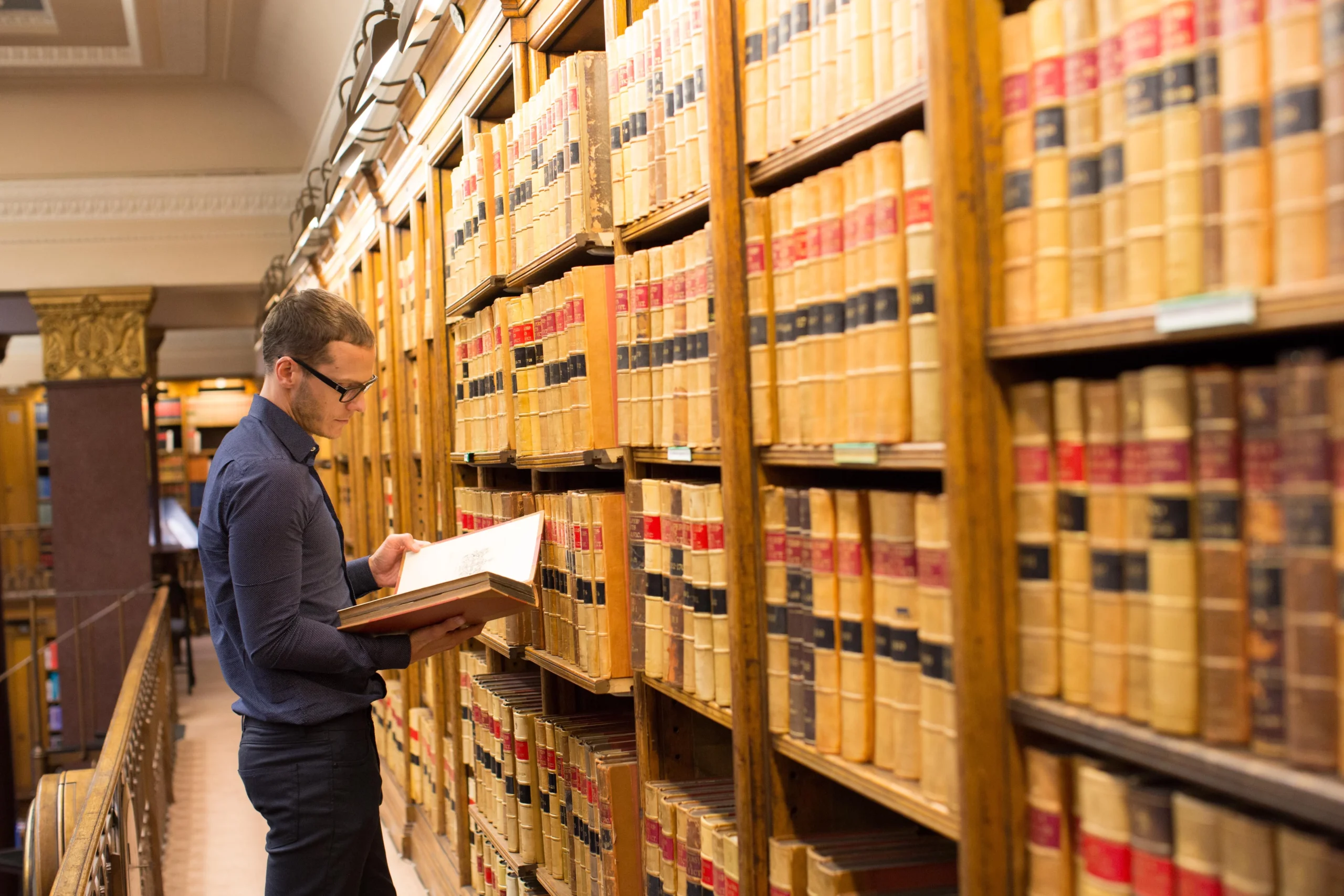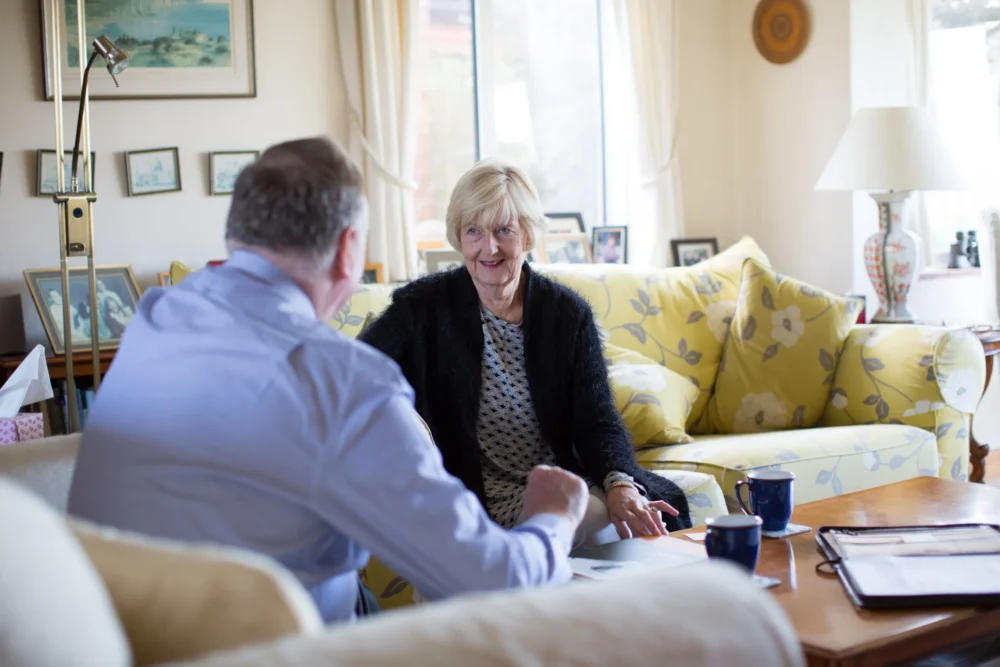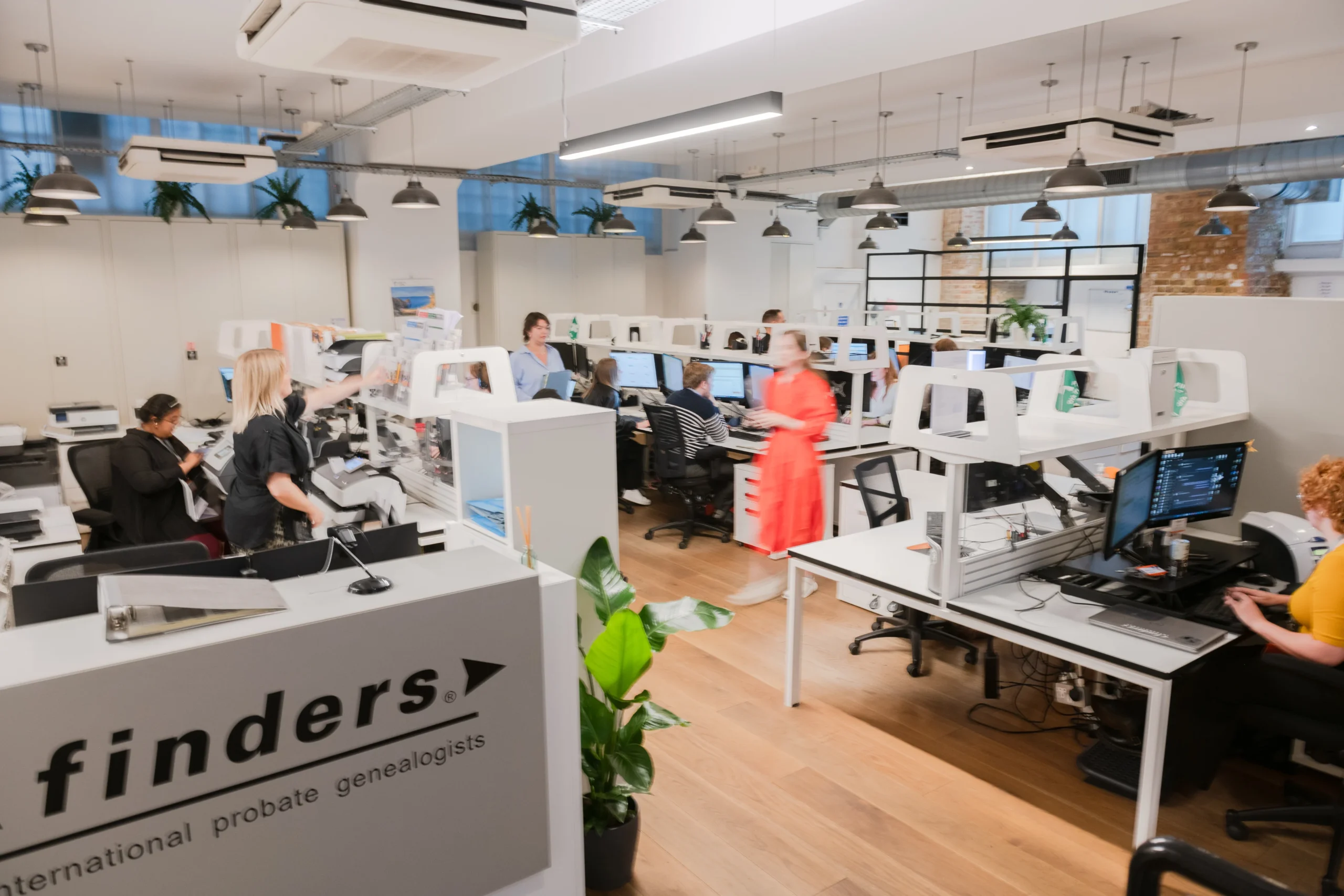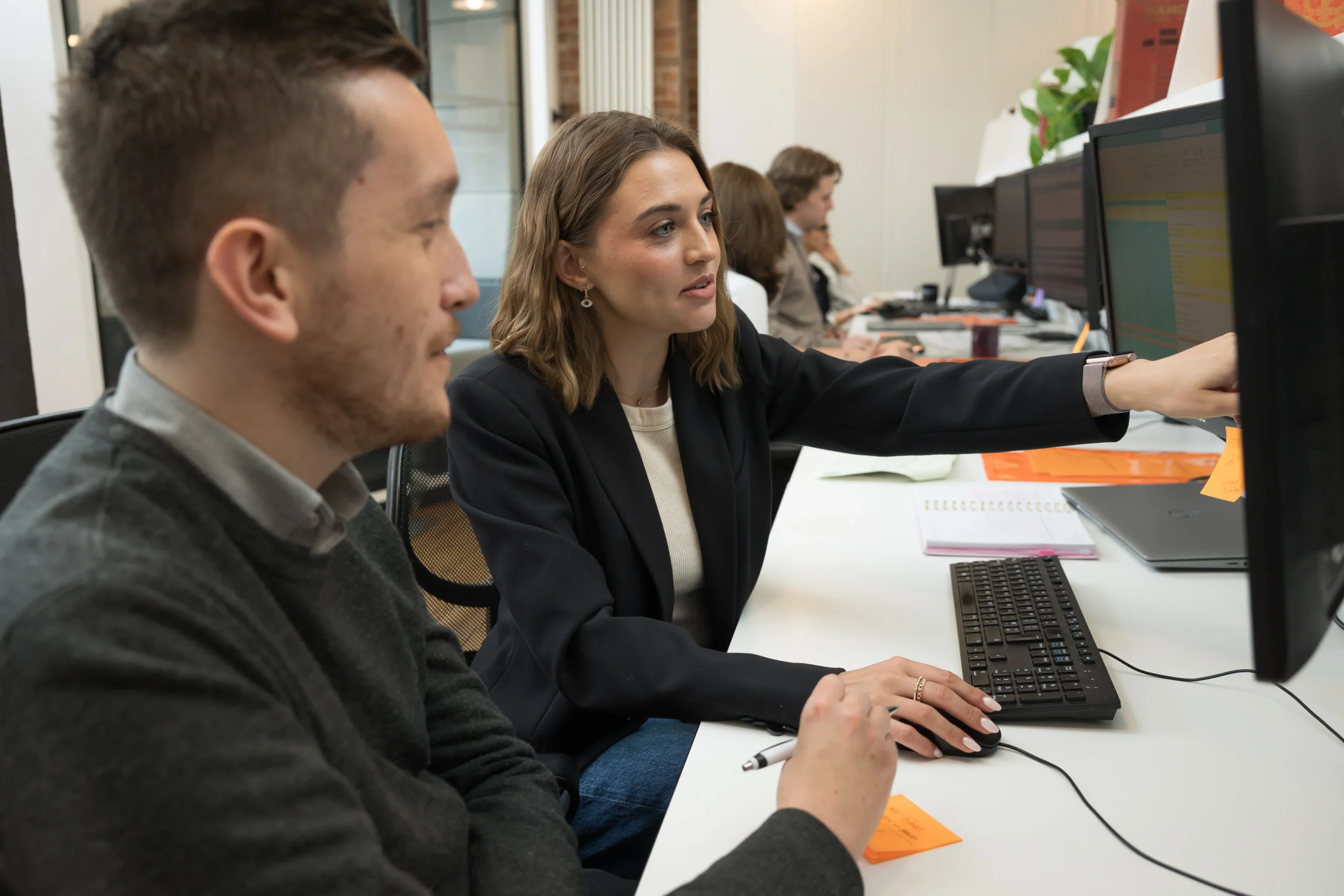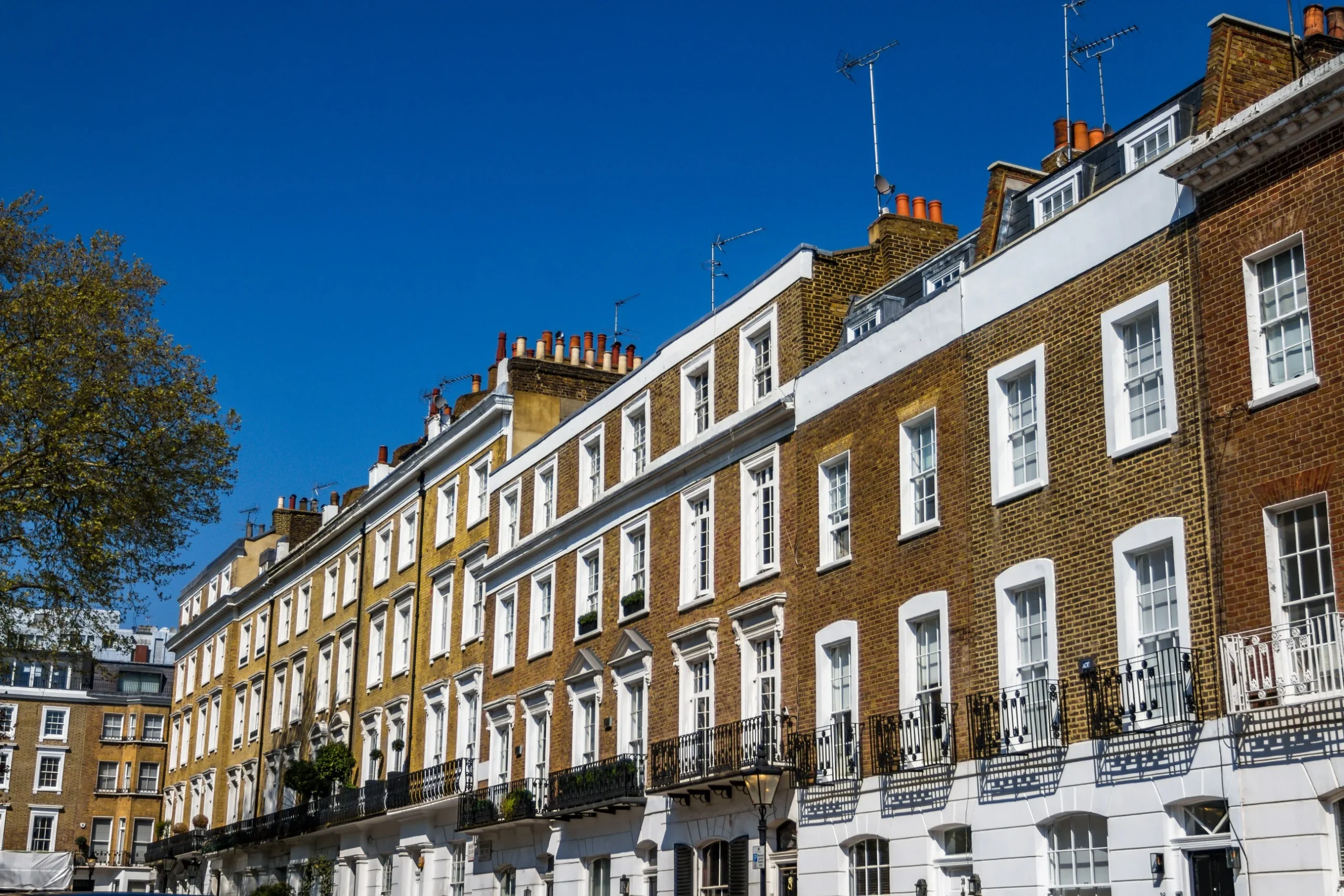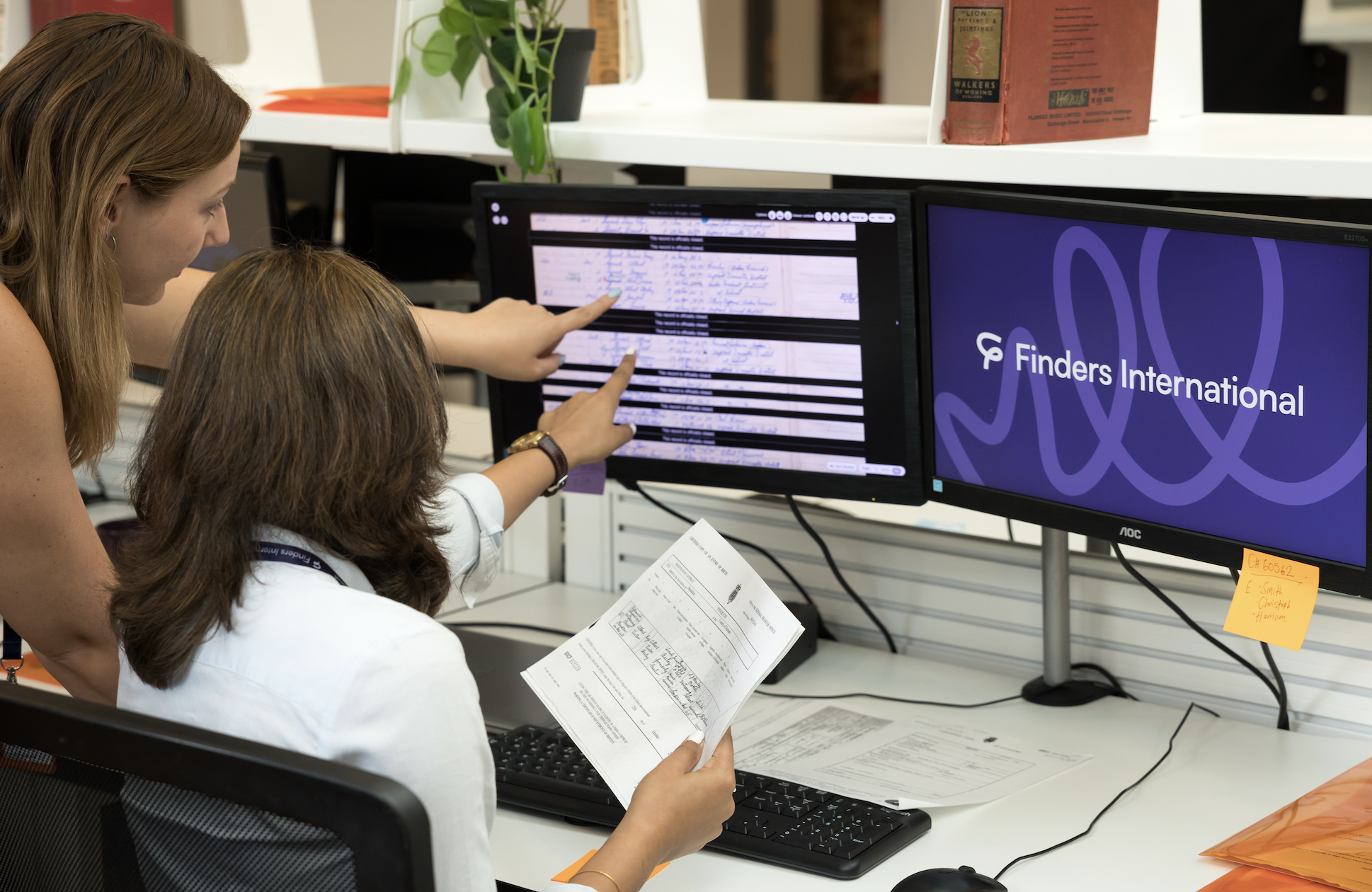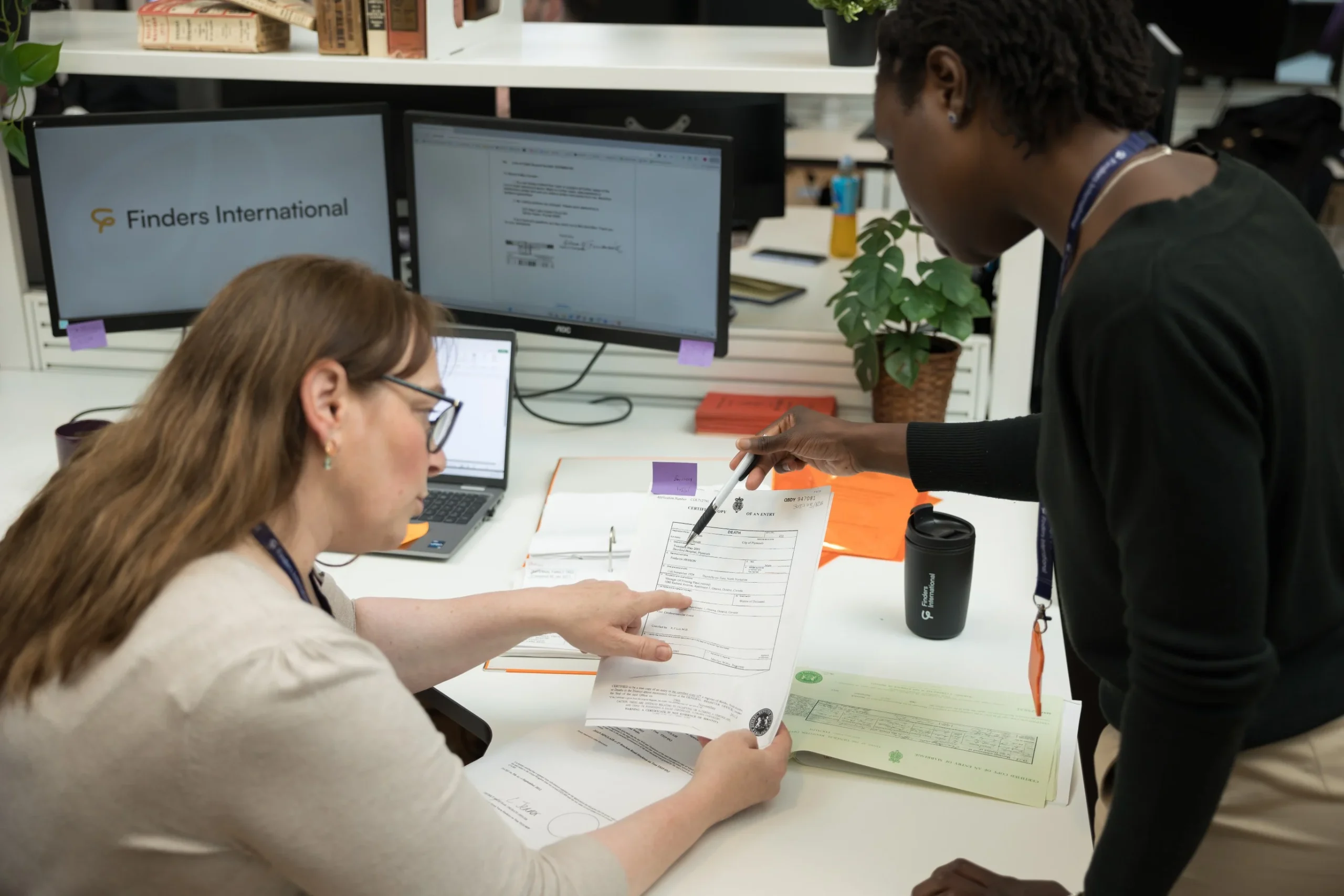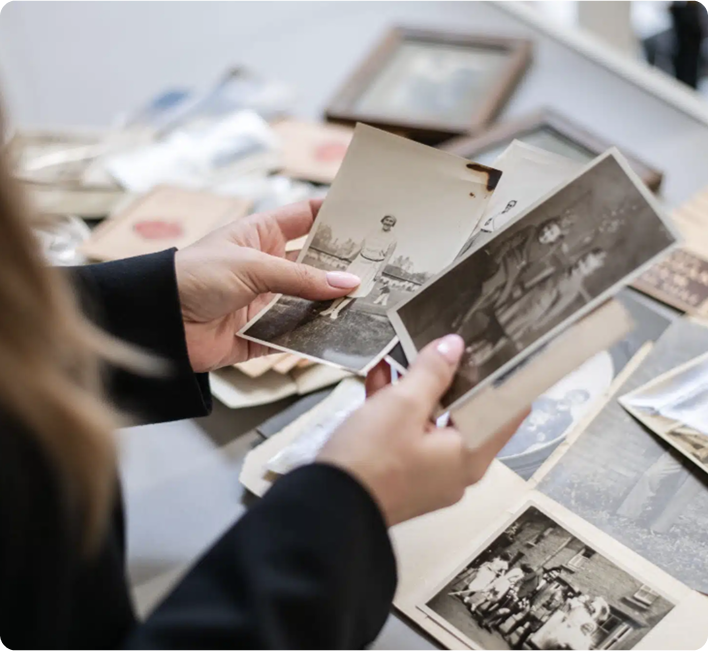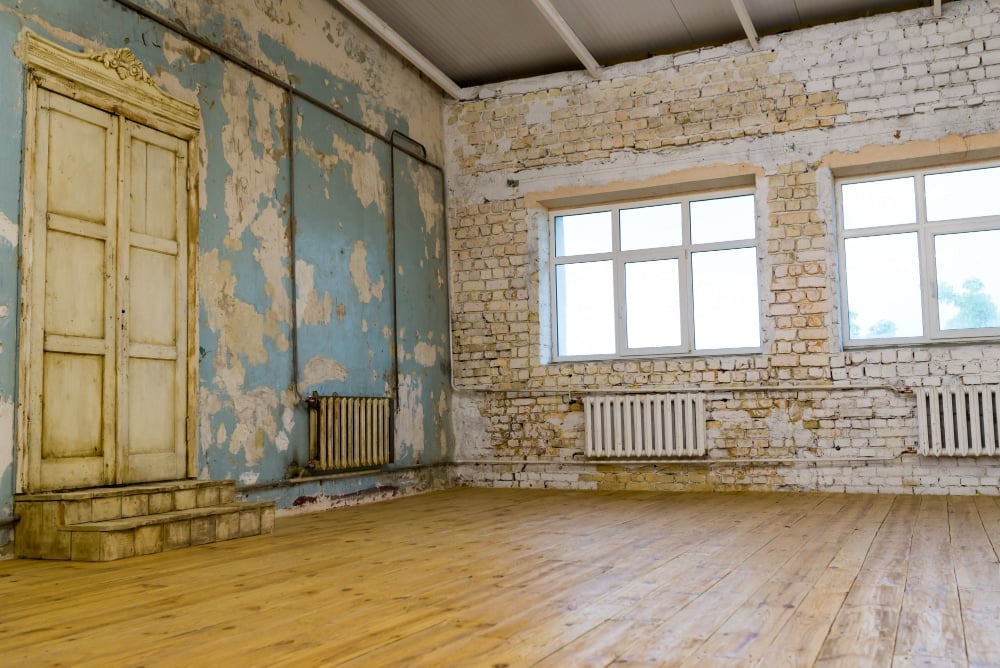January 1, 1970
Our Looks, Our Genes and the Nose Grandpa Gave You
Genetics of Facial Features
Mark Shriver, Professor of Anthropology and Genetics at Pennsylvania State University, and Peter Claes, from the University of Leuven in Belgium, have worked for four years on the genetics of facial features, looking at the relationships between genetic sequences, facial traits and skin tones. They have gathered data from volunteers in the US, taking swab samples, hair samples, skin pigment measurements and other information to build up accurate pictures.
Professor Shriver thinks that within two years’ time, scientist will be able to reproduce very realistic pictures of our ancestors. For those of us who share an interest in family history, it is certainly a tempting thought – we will be able to construct a family tree which not only sets out dates and occupations, for example, but which also includes pictures of what Great-Great-Great-Great Grandpa Jones looked like.
The 5% Variant
According to Professor Shriver, people have a 75% commonality of genes – there is only a 5% variant which makes us look different, the 5% that makes our skin a different colour, or which gives us the distinctive features of different ethnicities.
A similar and equally fascinating project which ran some years ago showed the genetic map of the UK. Researchers at Oxford University mapped the areas of the UK where people shared similar gene variations, showing clusters of those similar gene variations. The researchers found that groupings of similar gene variations often appeared to match history – i.e. ancient enmities (between the Scots and the English, for example), or reflecting the differences we hold onto today about where in the country we come from.
4,000 Samples
The People of the British Isles project comprised researchers travelling across the British isles collecting blood samples from more than 4,000 people whose four grandparents all came from the same area.
Cornish people were clustered separately to those from Devon, whilst the Scots and Irish people tended to share the same DNA markers. Interestingly, people living on Orkney were different from everyone else – because of the settlement of Vikings on the island. The modern Orcadian male, for example, has more in common with the modern Norwegian man than the men on nearby mainland Scotland.
Researcher Dr Bruce Winney said it was possible to form theories explaining the origins of genetic variations – the result of Anglo-Saxon invasions, for example, pushing other peoples down into Cornwall or Wales, or how Britain was colonised after the ice ages.
Have you ever looked into your origins or did you take part in the People of the British isles project? If so, we would love to hear what you found out. Are you the descendant of Vikings or do you have more in common with the Celts? You can let us know on ourFacebook page.


